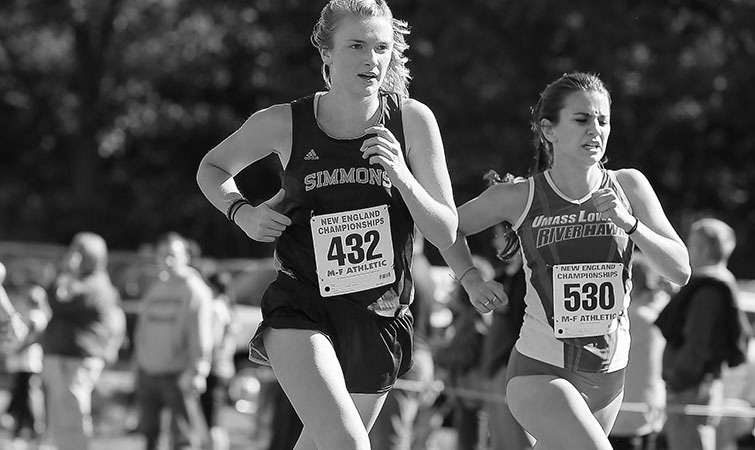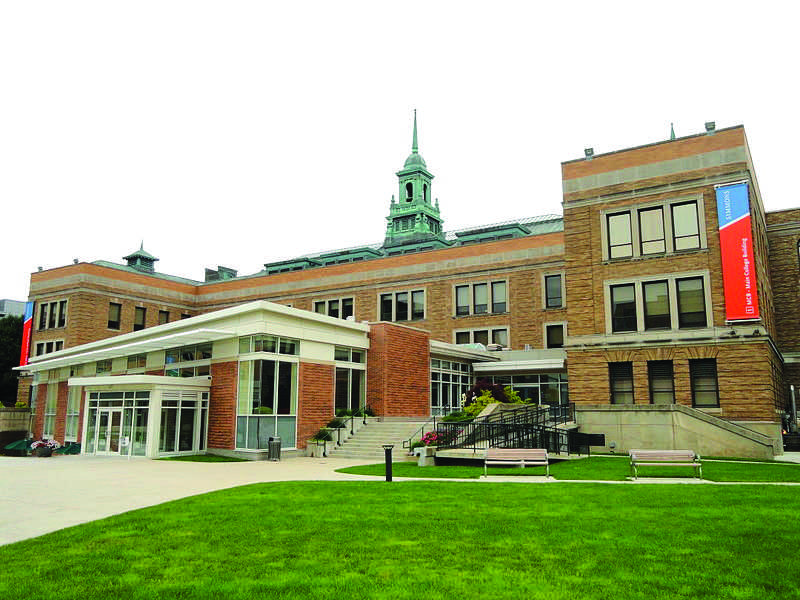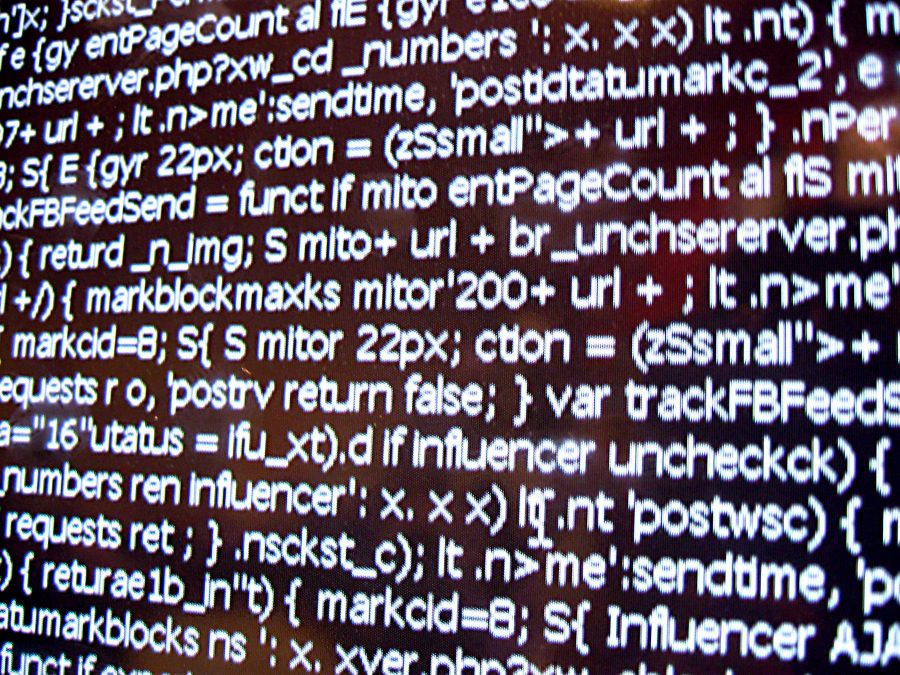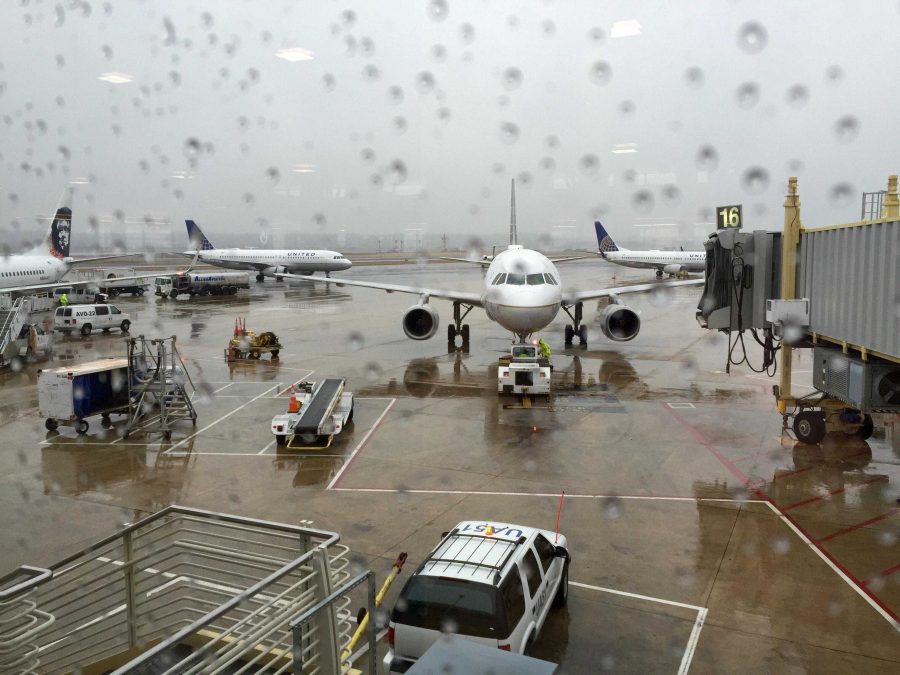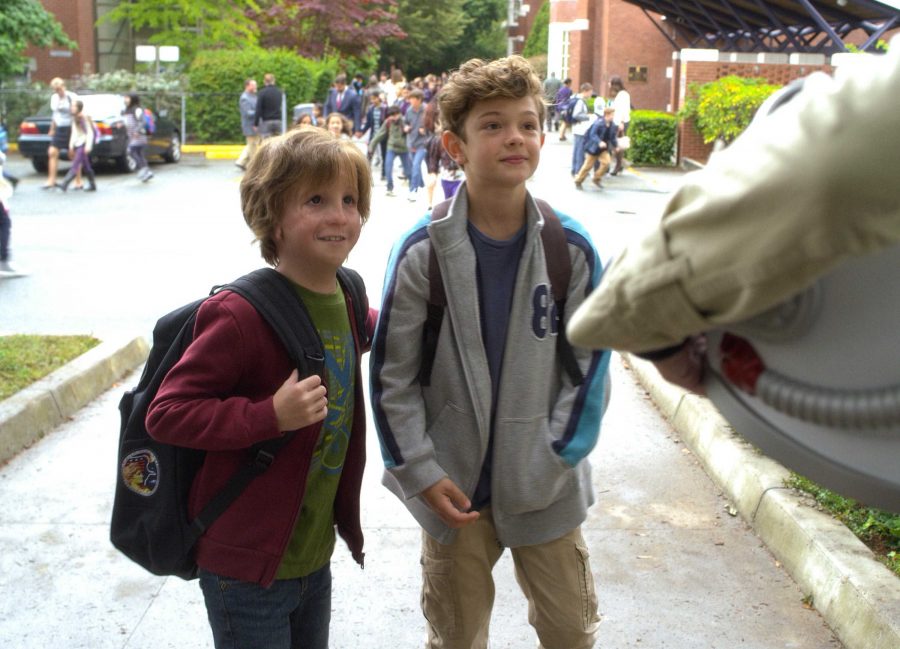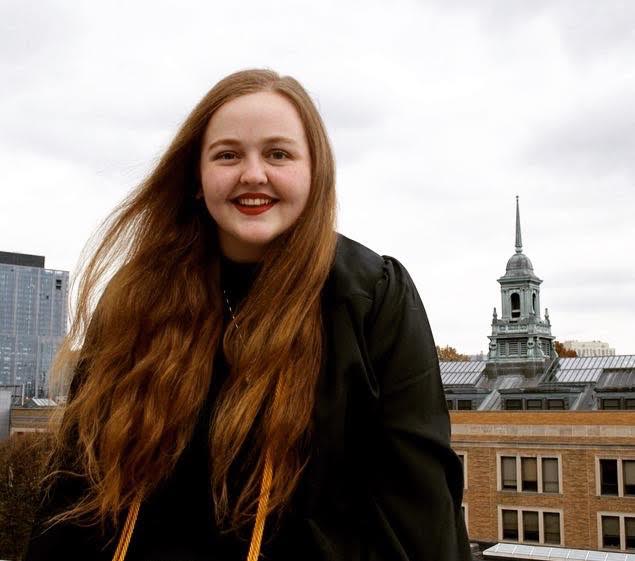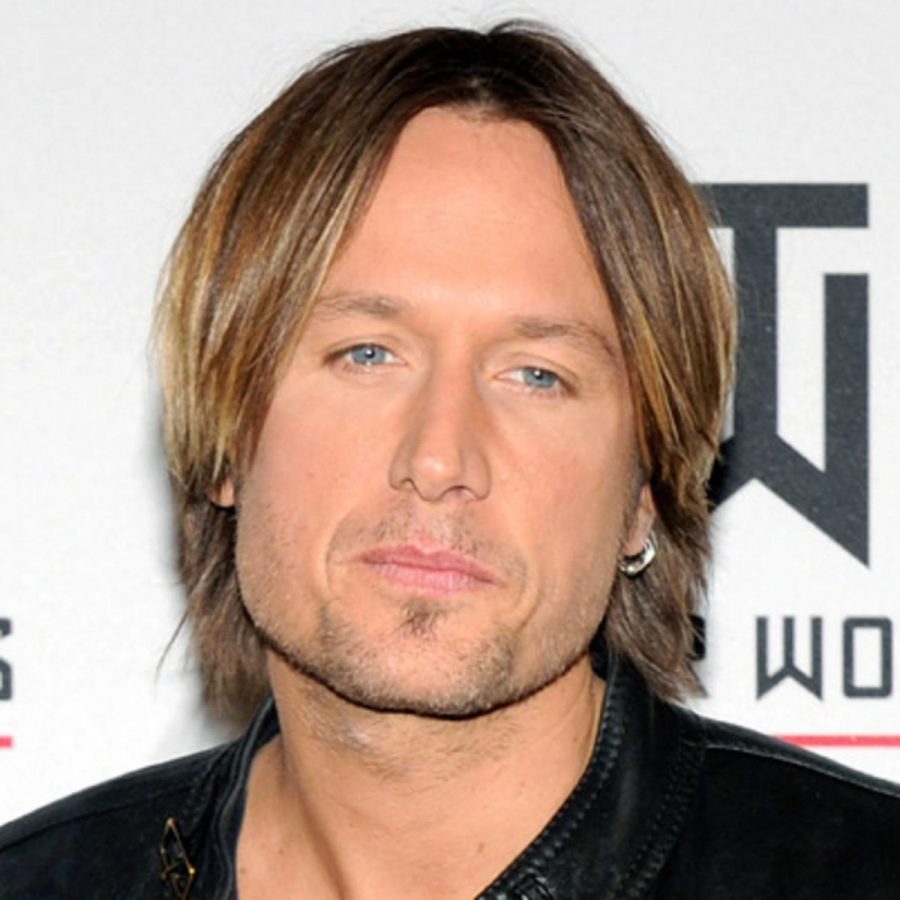By Ayana Aubourg
Contributing Writer
A big “X” on the ceiling allows light to enter the Freedom Charter Monument in Kliptown. The “X” represents power to the people, and the cross reflected by its’ light represents peace.
On June 26, 1955, over 3,000 anti-apartheid activists, calling themselves the Congress of the People, marched through police barriers to gather on this vast square. During this moment, they compiled thousands of submissions from across the country to create the Freedom Charter, which became the basis of South Africa’s new constitution after 1994.
Thulane, a young tour guide, enthusiastically spills all of this history at us. He passionately explains the significance of a diverse group of people coming together to bring life to new ideals.
A few moments later, he alludes to the vast poverty and high unemployment that overwhelms the majority of the population in Kliptown. The conversation veers away from the victorious Freedom Charter to the current state of dissatisfaction with the post-apartheid government.
When asked if he voted in the recent elections, he unapologetically says no. His main reason is that the new government hasn’t responded well to service delivery—the provision of such basics as electricity, fresh water, and sanitation as well as decent roads, schools and health care.
“It is what it is and it’s just politics,” Thulane says nonchalantly. Change will come from the people, not the government, he adds.
This is not the first time we’ve heard these sentiments in South Africa.
Young people are seeking alternative ways to get their voices heard and demands met. After 20 years of a post-apartheid society, the crisis of service delivery has led to a steady increase in protests. There have been growing efforts of community activism from youth, who are left frustrated and impatient with the slow process of change in their communities.
The general feeling of young people in this country is that they have been given political freedom but not economic freedom, notes Bobby Marie, a former student and trade union activist in the anti-apartheid struggle. According to Marie, the problem of service delivery has been brought to the forefront because of the economic inequality that overwhelms South Africa.
“The country is still in the hands of a very tiny minority,” says Marie.
“The world we are living in is not in the control of South Africa,” he adds. “Nothing you do here is not connected to the global economy. Those who have, will have a bit more, and those who don’t have, will not get.”
The divide between the haves and have-nots is visible throughout the country. In townships and informal settlements, poor service delivery is exacerbating other social problems.
There’s been a lot of progress over the last 20 years when it comes to providing access to water and sanitation, but this progress is measured against the terrible state of affairs in the apartheid era and still has a long, long way to go, Marie says.
Poor water services relate to other societal problems, such as poor infrastructure, a lack of skills in the technical and management sector, and political corruption. The lack of adequate sanitation facilities, such as working toilets in households or running water in schools, leads to increased violence and vulnerability, he says.
Although South Africa’s progressive constitution promises access to sufficient water and sanitation, these rights are hardly enjoyed by poor communities living on the outskirts of metropolitan areas.
A South African Human Rights Commission’s report titled “Water and Sanitation, Life and Dignity: Accountability to People who are Poor” is dedicated to six-year-old Michael Komape, who died in February 2014 after falling into a pit toilet at his school. This report is also dedicated to all those who have been injured or killed while protesting for their rights to water and sanitation.
The SAHRC report notes that many provinces lack access to any form of water and sanitation infrastructure. Further, the report reveals areas of complete non-service delivery largely in poor and overwhelmingly black regions that were excluded decades ago.
Those lines are not going to get any smaller within 20 years, says Mike Zuma, a resident of Langa township near Cape Town.
“Where’s the clean water going to come from if you don’t have money?” he asks.
South Africa is facing challenges providing service delivery to groups who were institutionally denied economic, social, and political freedoms. The same cycles of poverty and vulnerability lives on in areas that were formally a dumping ground for non-white people, under the apartheid regime.
In the past few years, protests against the lack of basic services have increased dramatically throughout the country.
The nature of service delivery protests are spontaneous, says Marie. Most start with a small group who have been engaging with the authorities. He describes these actions as a bush fire; once the flame is triggered, it spreads rapidly.
The entire community mobilizes but not in the formal sense of sitting down and planning an action. Rather, large numbers of residents, especially young people, rush to the scene to build people power.
These protests are tactical, however. The aim is to gain public media attention. Marie says that the purpose of burning tires and blocking traffic is to get a response from the police, which they hope will be followed by media coverage.
“Generally, this is a way of making themselves heard and becoming visible,” Marie says.
He also notes that disruptive protests are usually preceded by several attempts at peaceful demonstrations and meetings with municipal councilors. However, it’s when these engagements with authorities have little effect that disruptive protests ensue. Getting mainstream media coverage on these issues has proven to be difficult. However, public media attention has become an outlet to voice their demands.
“They’ve devised a way in which the major media has had no way but to notice them,” he says.
Marie says the young people he works with get excited whenever they hear a protest is happening.
“We have a group of young people who are very, very politicized and very, very informed,” he says enthusiastically.
Marie currently works on the Coordination team for the Bench Marks Foundation’s Community Monitoring School, where young people are empowered to be the voice of their communities. This is not a school in the traditional sense, according to Marie, who emphasizes that it’s a creative space in which you observe what’s happening around you and in you as a person.
At the Community Monitoring School, young activists representing different organizations meet twice a month to reflect on their activities, exchange ideas, and engage in discussions on issues concerning themselves and their community. They meet regularly to bond in small groups and support one another, says Marie, adding that this is a crucial part of their education.
“Nothing for us without us” is the message of the Community Monitoring School, according to Rev. Dr. Jo Seoka, the chairperson of the Bench Marks Foundation.
Writing is also crucial to their education as they develop the skills needed to take direct action in their communities. Youth learn how to document and analyze community problems. They also work on developing their voice and writing skills.
Their glossy publication, titled “Action Voices,” includes short articles by various community activists. Many highlight the issue of poor water quality and water service, as well as different communities protesting poor service delivery.
The introduction page shows a photo of young activists wearing shirts with the phrase “Tunatazama” above an image of an eye. Tunatazama, a Kiswahili word meaning “we are watching,” was chosen by these activists to communicate that they will remain present, write about their observations, and engage their communities to bring about the change they feel is necessary.
What brings them together is the fact that their communities are subjected to a range of problems that haven’t been resolved by the government, Marie tells us.
As he puts it, you can’t solve a problem as an individual. You must be part of a community. Together, we grow in collaboration and cooperation.



